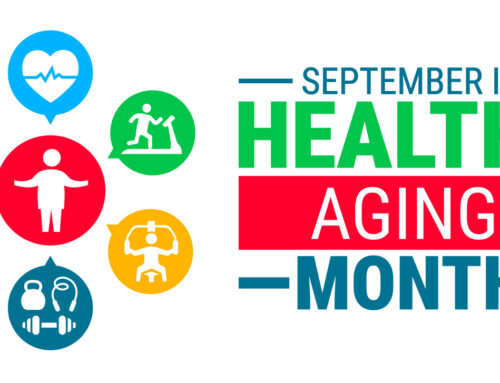The tell-tale signs of endocarditis
At approximately 29,000 cases each year (according to The International Heart Institute of Montana), endocarditis, generally speaking, is a discriminant disease, primarily affecting those presenting with certain conditions. While the general risk might be low, the risks factors are a little more common – and the aging population may be more susceptible to the condition.
Endocarditis, as the name suggests, is the inflammation of the inner lining of the heart, known as the endocardium. The malady is typically caused by a bacterial infection, but it can also be related to fungi and other microbiological invaders.
The National Heart, Lung, and Blood Institute cites four conditions that contribute to an increased risk of endocarditis.
Congenital heart defects such as an abnormal heart, or valves
Heart implants: pacemakers, artificial valves, etc.
Rheumatic fever and calcium deposits can damage or scar heart valves, making them vulnerable to infection
IV drug use: dirty needles, or pathogens on the skin at the injection site can lead to endocarditis
In addition, the Journal of the American Medical Association has published research stating that “elderly patients are emerging as a population at high risk for infective endocarditis (IE).”
13 symptoms of endocarditis
Recognizing the symptoms of endocarditis can save your life, or a loved one’s. Here’s what to keep an eye out for:
1. Flu-like symptoms. Fatigue, chills, fever, aches, night sweats, headaches.
2. Abdominal discomfort. Nausea, loss of appetite, vomiting, an uncomfortable “fullness” in the upper left abdomen.
3. Weight loss (even if the appetite is healthy)
4. Swelling in the feet, legs, or stomach.
5. Janeway lesions – red spots on the soles of feet and/or palms of the hands
6. Skin problems. Paleness, painful bumps on the fingers and toes, dark spots on the palms and soles.
7. Broken blood vessels can cause small spots on the sclera (whites of the eyes), inside the mouth, under fingernails, and on the chest.
8. Blood in urine. Pinkish-colored urine can be a sign of blood presence, however, even small amounts only detectable by your doctor can be a sign of endocarditis.
9. Tender spleen. Located on the left side of the body, just below the ribcage, the spleen is responsible for a multitude of functions, including immune system support such as filtering the blood, and storing platelets and white blood cells.
10. Shortness of breath or a persistent cough.
11. Osler’s nodes: tender red spots on the fingers and/or toes.
12. Heart murmurs; either a new one, or a change to an existing murmur.
13. Petechiae: small red or purple spots on the sclera, skin, or inside of the mouth.
When to see a doctor
Because the symptoms of endocarditis can vary significantly from person to person, and are also consistent with a wide range of other illnesses, getting a doctor’s opinion is highly recommended. If you or a loved one manifests any of these symptoms – especially if they’re in one of the high-risk groups –contact a physician.
FirstLantic has been providing superior at home care for elderly individuals in South Florida for over 17 years. Our compassionate home health aides and nurses in Palm Beach, Broward, Indian River, Martin, and St. Lucie Counties can assist you or a senior loved on who suffers from this condition, as well as proactively spot signs that medical care is needed. If you’re looking for care, FirstLantic is ready to assist you. Call us 24/7 at 877-618-3624 or send us an email at [email protected].
 AVAILABLE 24 HOURS A DAY/7 DAYS A WEEK
AVAILABLE 24 HOURS A DAY/7 DAYS A WEEK Careers
Careers







